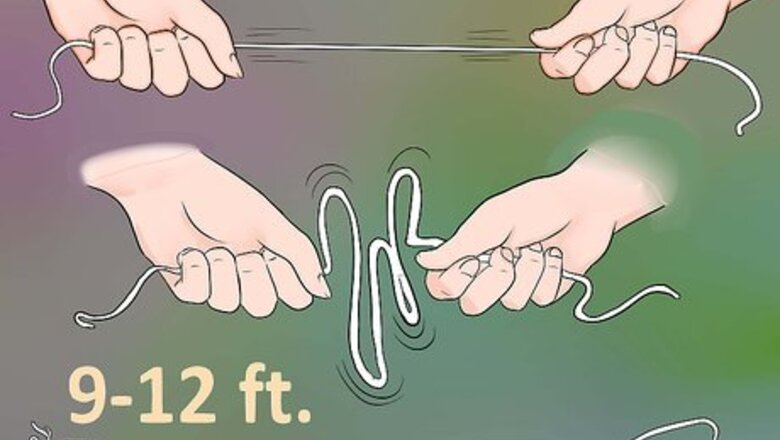
views
Setting Up
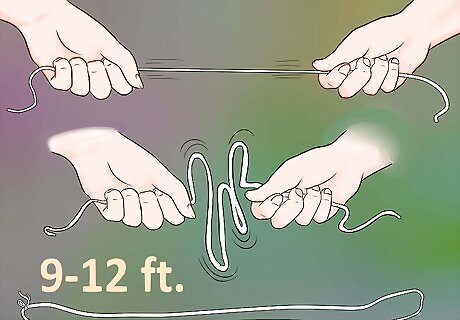
Find a rope. A Chinese jump rope goes around the holders’ ankles, so the best type of rope for this game is a loop made of rubber or some other type of stretchy material. Some toy shops even sell elastic circular ropes that are meant for playing Chinese jump rope. You can also use a 9 to 12 foot (2.7 to 3.7 m) long elastic band. Just tie the ends together to form a circle.
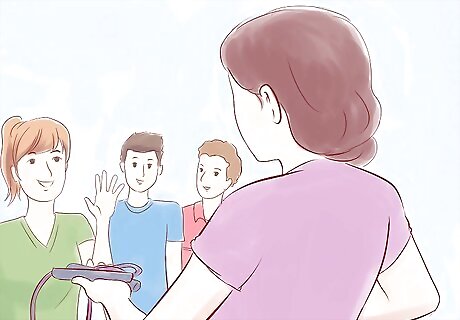
Gather enough players. You will need at least three people to play Chinese jump rope, but you can play with more than three as well. Two of the players will be the rope holders and one (or more) will be the jumpers.
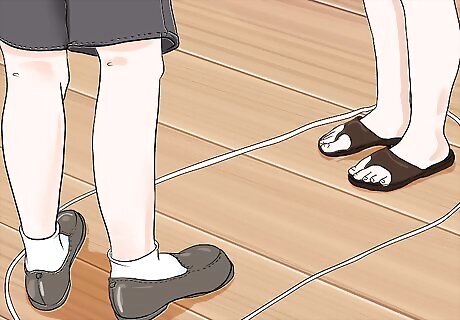
Place your rope on the ground. The rope will need to be stretched out so that it looks like a long, skinny rectangle. Make sure that you have enough space to play. You should have several feet on each side so that jumpers can run in and out of the ropes.
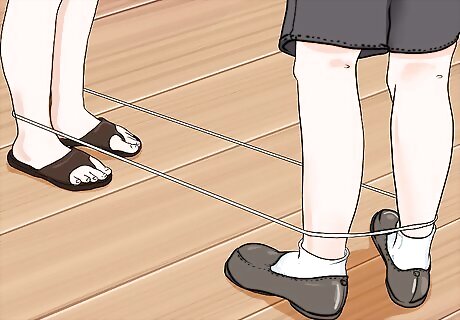
Get the holders into place. The holders should step into the ends of the rope so that they are facing each other. They should stand with their feet about shoulder-width apart and inch back a bit until the rope is taut. There should be enough space for a third player to safely jump between the first two players. If there isn’t enough room, then you need a longer rope!
Playing the Game
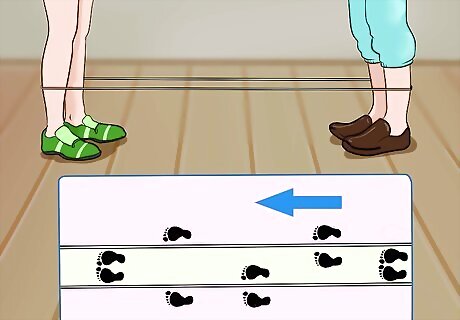
Learn about jumping moves. Chinese jump rope patterns can be made up of basic moves in any combination or order you want. The basic moves include: In: The jumper’s feet land inside the rope. Out: The jumper’s feet land on one side of the rope. Right: The jumper’s right foot lands inside the rope. Left: The jumper’s left foot lands inside the rope. On: The jumper’s feet land on the rope. Turn: The jumper spins in mid-air to face the opposite direction. Straddle: The jumper’s feet land on either side of the rope.

Choose a pattern. To play Chinese jump rope, you will need to come up with a pattern for the holders to call out as the jumper jumps. You can make the pattern as short or as long as you want, but keep in mind that the longer the pattern, the more difficult it will be. The pattern can be something simple or more advanced. Some sample patterns include: In-Out-In-Out-On Out-On-Right-In-Out-On-Left-In In-Straddle-Turn-Right-Out
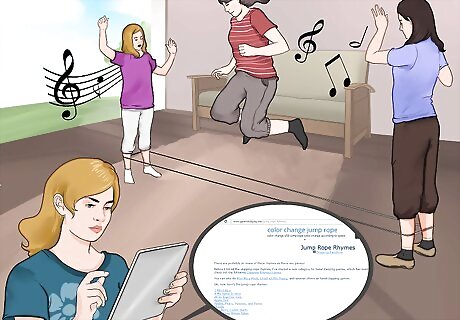
Chant the pattern while the jumper jumps. When you have decided on the pattern to use, the holders and jumper can all chant it together while the jumper jumps. If the jumper does all of the moves successfully, then you can speed it up or try a harder pattern. If the jumper messes up, then someone else can have a turn.
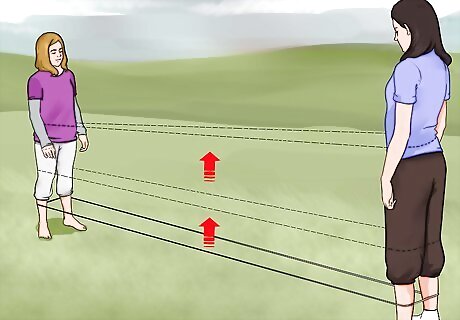
Raise the rope. If the jumper completes the pattern without touching the rope, you can also raise it a little higher. Then, the jumper must complete the same pattern at this new height. Keep raising the rope until the jumper touches it or makes a mistake. Start out with the rope around the holders' ankles, then move it up to their knees, and then move it up to their waists.

Have holders switch to one foot. You can make Chinese jump rope harder by having the holders take one foot out of the rope so that the inner rope area is not as wide. This will make it harder for the jumper to get both feet into the rope.
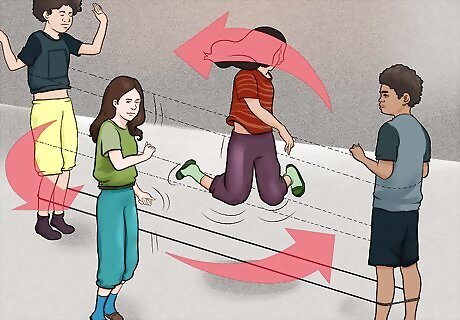
Take turns. The next jumper should try to repeat the first jumper’s skip pattern. Once everyone has had a turn, move on to a different pattern. Try coming up with longer and more complicated jump patterns as the game goes on!
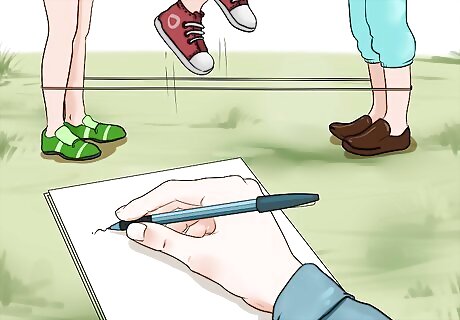
See who can jump the highest! If you’d like, pay attention to how high each jumper successfully completes the pattern. For each round, award two points to the highest jumper, one point to the middle jumper, and zero points to the lowest jumper. Tally up the points at the end to see who won!











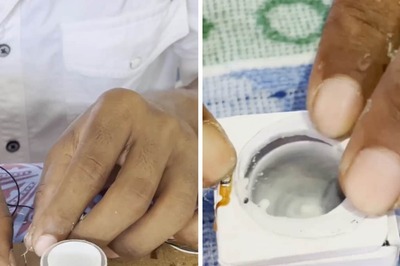






Comments
0 comment